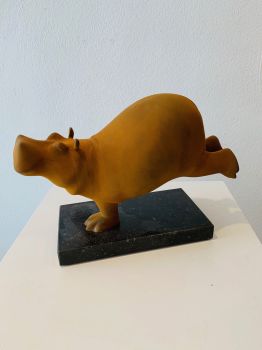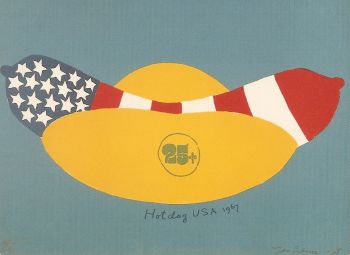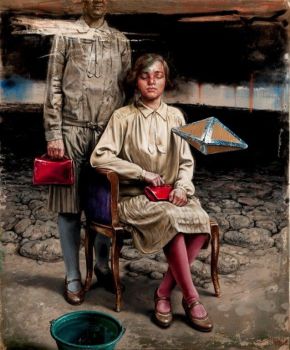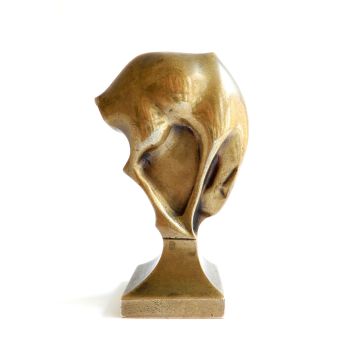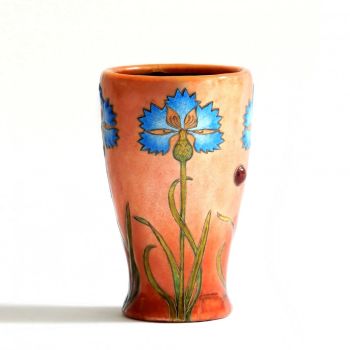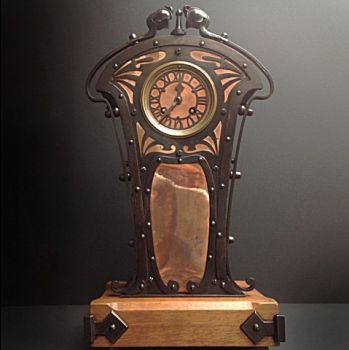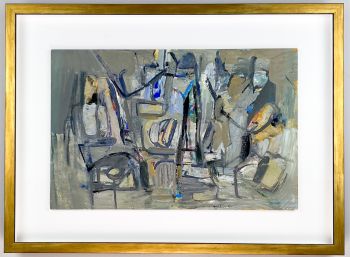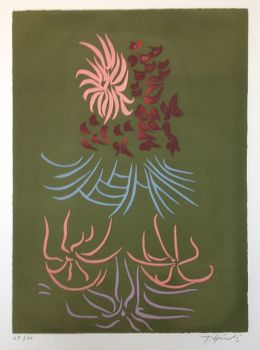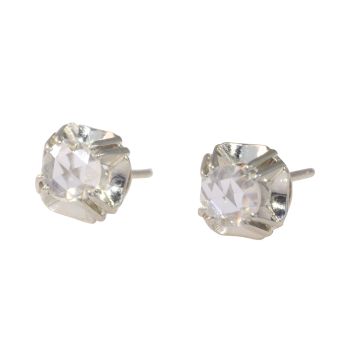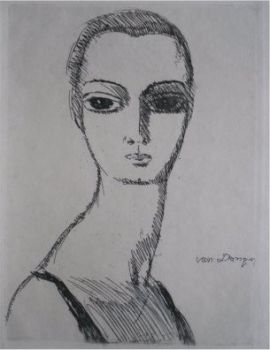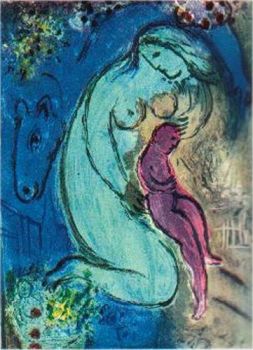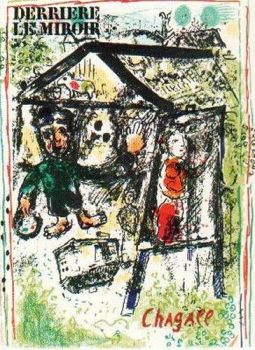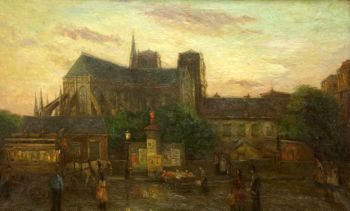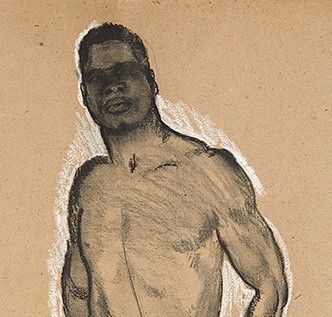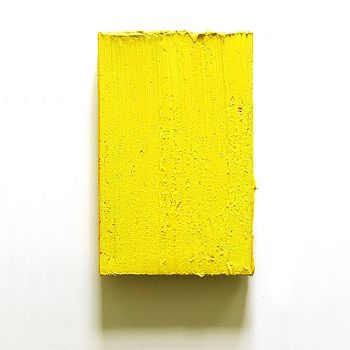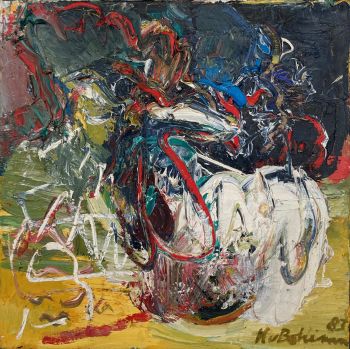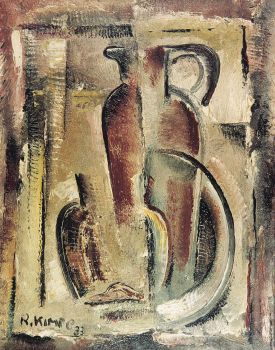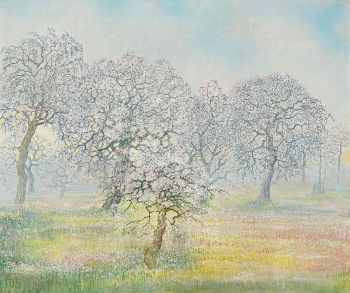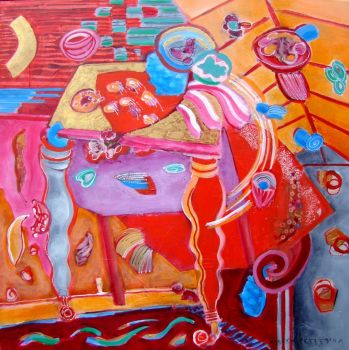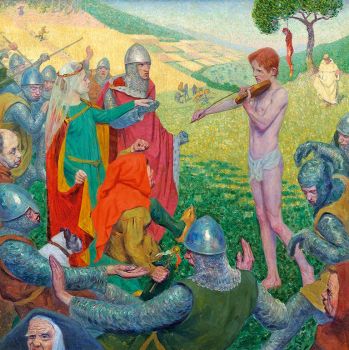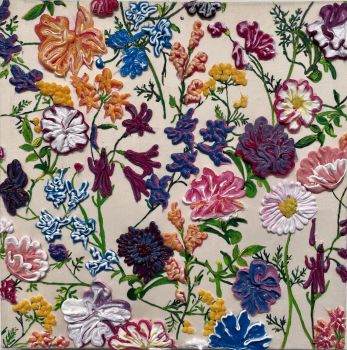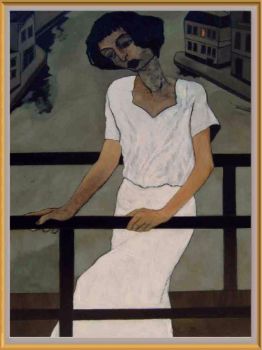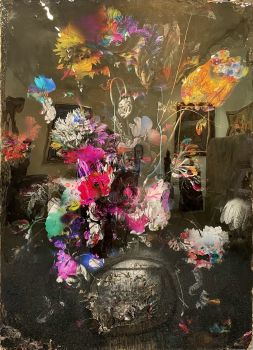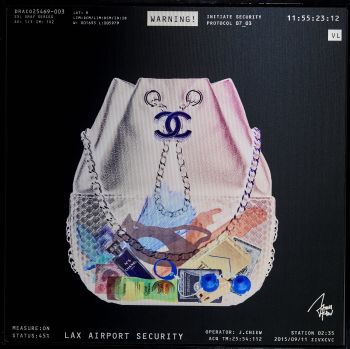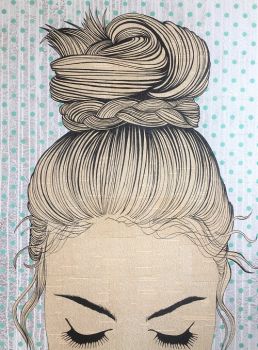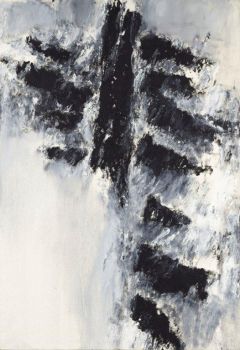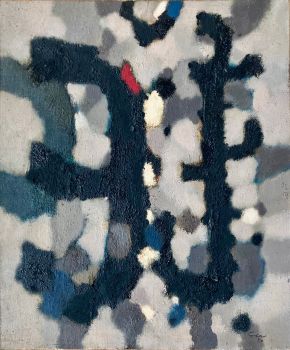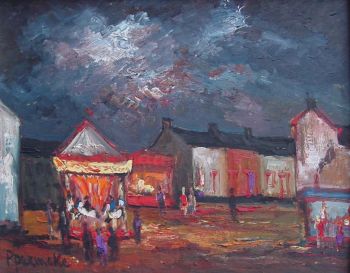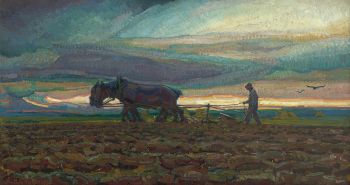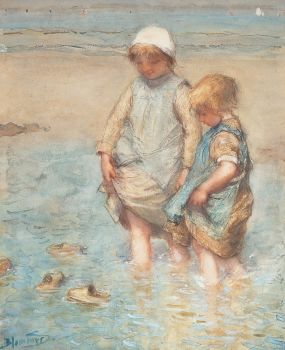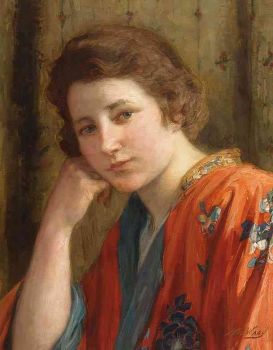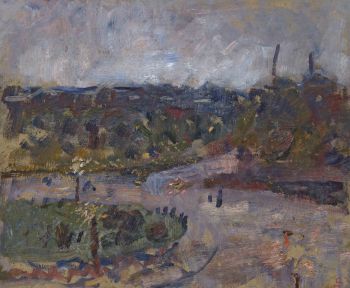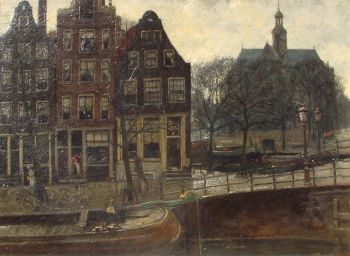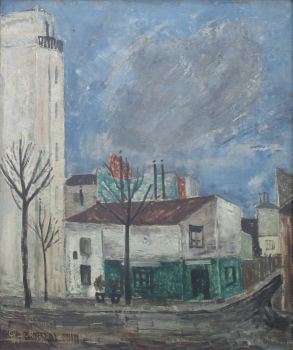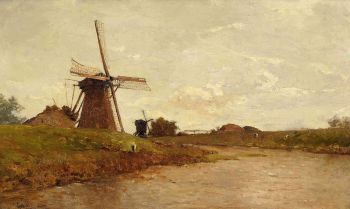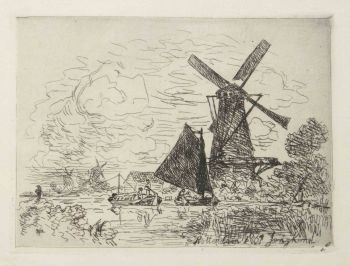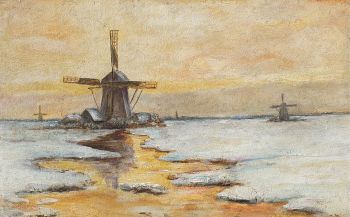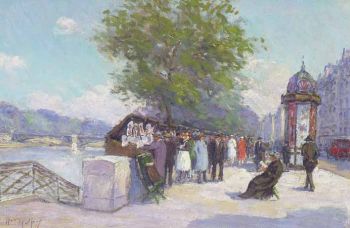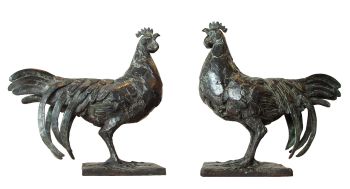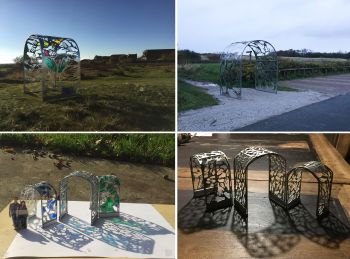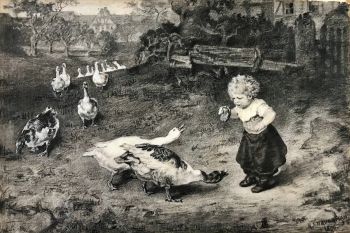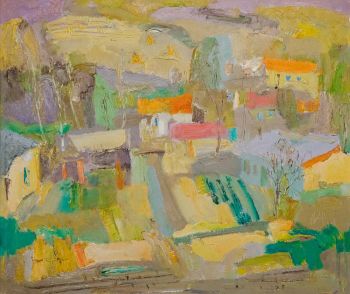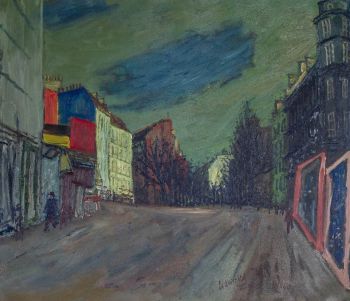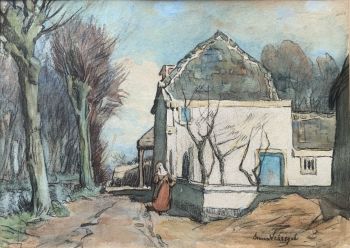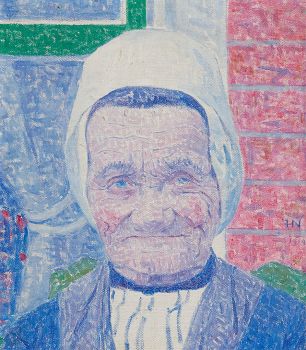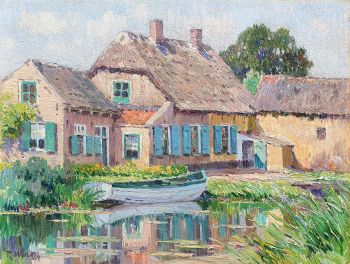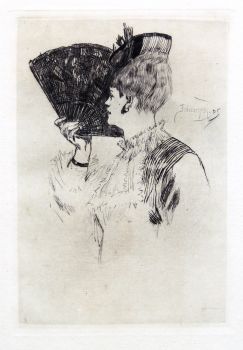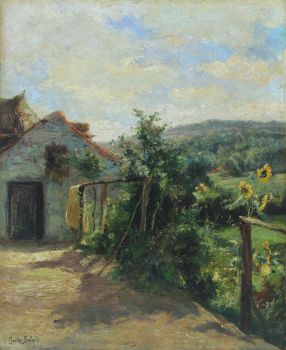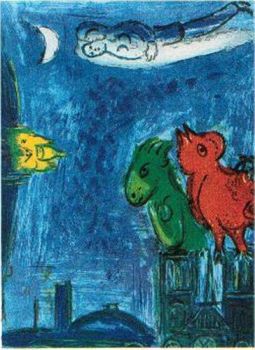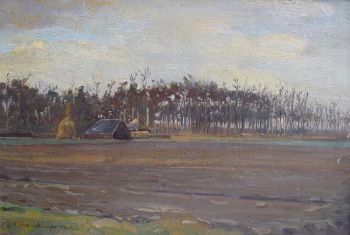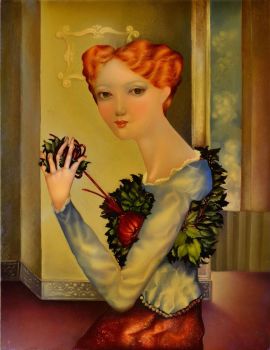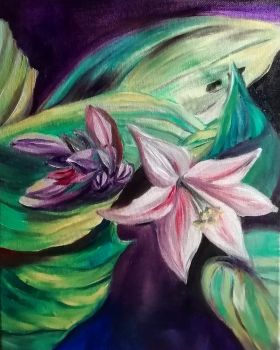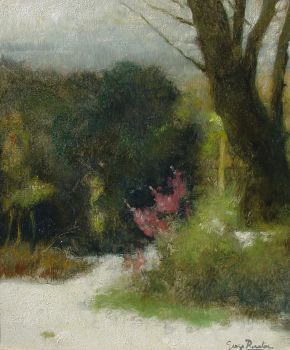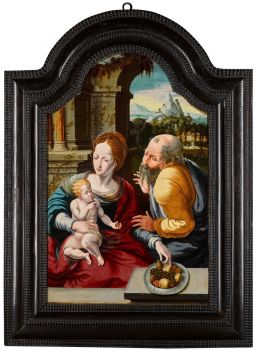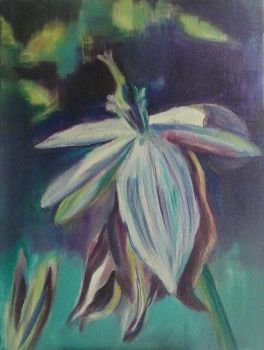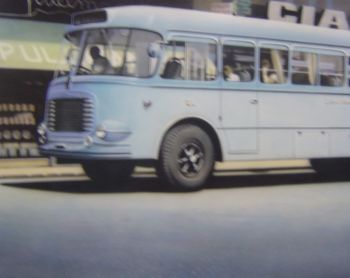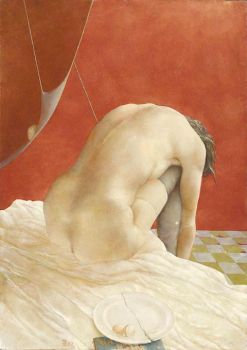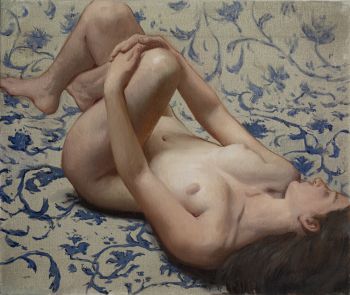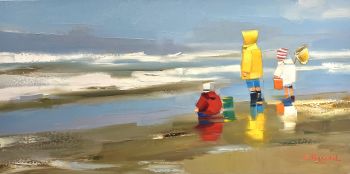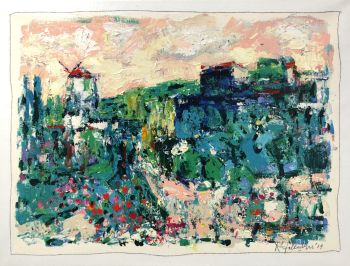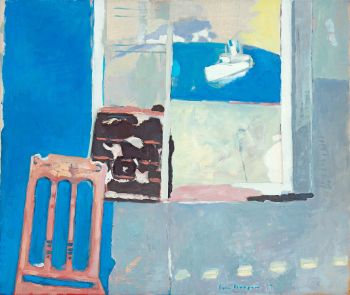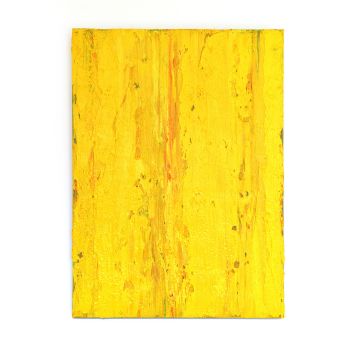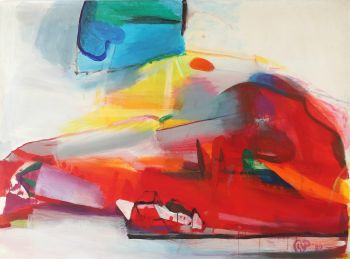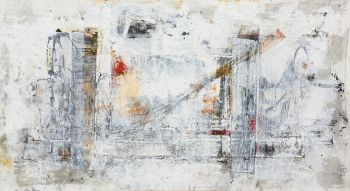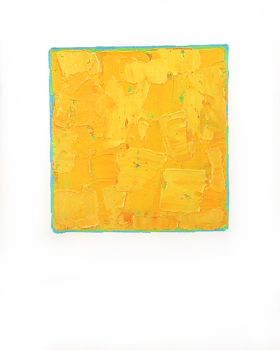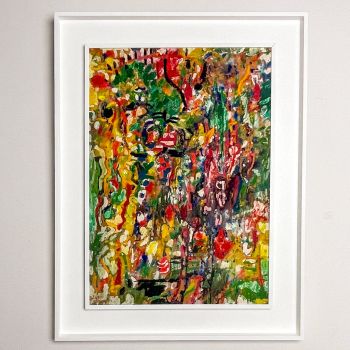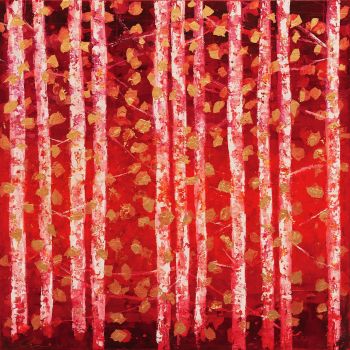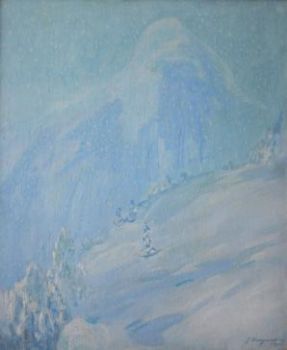Le Moulin de la Galette 1921
Jean Dufy
TelaPintura a óleoPintar
50 ⨯ 61 cm
Atualmente indisponível via Gallerease
- Sobre arteJean Dufy 1888-1964)
Jean Dufy was a French painter of Parisian society, country scenes, circuses, horse races, stages, and orchestras. He was born in Le Havre, on March 12, 1888 into a large family. His older brother was the well-known painter Raoul Dufy, who became a mentor throughout Jean’s career. Jean Dufy had received formal education at the École Primaire Supérieure du Havre. In 1920 Dufy settled in the artist quarter Montmartre, next door to Georges Braque. Braque, a friend of his brother Raoul Dufy, encouraged him to experiment with the Cubist style. Another of Raoul's friends, Othon Friesz, exposed him to the Fauve movement. He also spent time there with Picasso, Apollinaire, and Derain, among others. After settling in Montmartre, Dufy participated in many exhibitions which reflected the music and art of Parisian culture after the war. Dufy created colorful paintings of circuses and clowns, as well as Parisian street scenes including horse-drawn carriages, the gates of Paris, the Eiffel Tower, and the bridges of the Seine.
Provenance: Collections: Max Bodner, New York NY, US; Edith T. and Samuel E. Gilbert, Philadelphie PA, US; Dutch private collection
Literature: Jean Dufy Catalogue raisonné de l’oeuvre Volume II - Jacques Bailly – page 220 Paris – Montmartre No B.1101 - Sobre artistaJean Dufy (Le Havre, 1888 - Boussay, 1964) foi um pintor francês da sociedade parisiense, cenas country, circos, corridas de cavalos, palcos e orquestras. Dufy nasceu em Le Havre em 1888. Seu irmão mais velho, Raoul, era dez anos mais velho que Jean e, na época em que Jean estava estudando na École des Beaux-Arts de Le Havre, Raoul já era um conhecido artista que trabalhava em Paris. Jean seguiu seu irmão até a capital em 1912, onde Raoul o colocou sob sua proteção, apresentando-o ao seu círculo de amigos pós-impressionistas, incluindo Derain, Braque e Picasso. Em 1914, sua primeira exposição foi organizada, mas foi só depois da Primeira Guerra Mundial, quando ele morou em Montmartre, que a vibração característica de sua paleta e pincelada emergiu com seus retratos icônicos de músicos e orquestras como Fantasia Musical (1927) e suas paisagens urbanas parisienses posteriores, como Rue Royale (c. 1950) e Ile de la Cité (c. 1953-55). Seu design de porcelana, Chateaux de France, ganhou uma medalha de ouro na Exposição Internacional de Artes Decorativas em 1925. Dufy retornaria à sua Normandia natal até o fim de sua vida e passaria períodos no sul da França. Quando jovem, serviu a bordo do transatlântico La Savoie como secretário, e suas representações do mar e dos portos em obras como Terrasse Fleurie a Villefranche-sur-Mer (1926) estão entre seus melhores trabalhos.
Artwork details
Categoria
Assuntos]
Estilo
Material e Técnica
Cor
Related artworks
- 1 - 4 / 24
Bernardus Johannes Blommers
SPELENDE VISSERSKINDEREN1845 - 1914
Preço em pedidoGalerie Het Noorderlicht
1 - 4 / 24- 1 - 4 / 24
- 1 - 4 / 24


